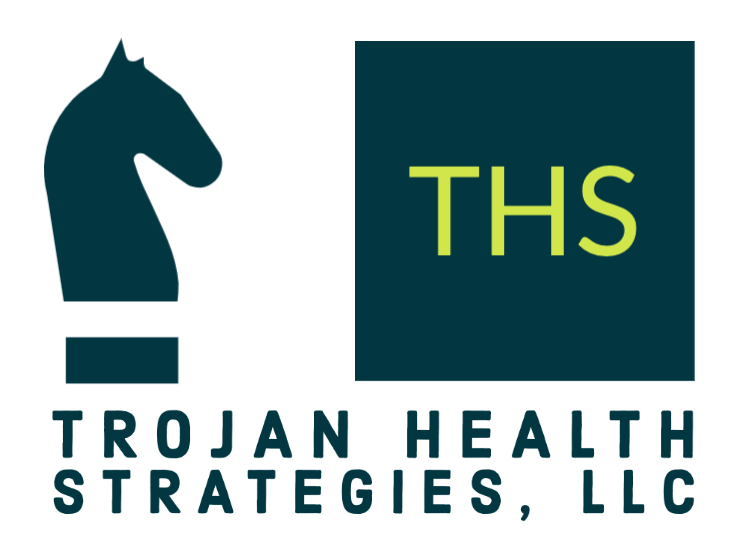Getting to the Bottom of It All
It’s President’s Day, we are still in the 99th year of celebrating the contribution of Black people to this country, and incredibly, much of my news feed is filled with Kendric Lamar analyses. So I am taking a break from all that to provide my perspective on a critical component of problem solving, innovation and efficiency—root cause analysis.
When you notice a system or process that is producing undesirable outcomes, chances are that there is a logical explanation. Leaders must move beyond surface-level observations to identify the root causes of challenges. The '5 Whys' method is a critical tool for this process, as it resources are directed effectively and strategic goals are achieved. By focusing on the 'why,' organizations can avoid costly missteps and unlock significant improvements in efficiency and outcomes." Before you start investing resources into quick patches to address observed issues,getting to the why is . Sakichi Toyoda, of Toyota fame, developed the 5 Whys tool. Through asking why after each response to the prior question, it becomes increasingly more likely that you will uncover the real problem causing the aberration.
I have often found that the leaders I work with know what they want to do, yet struggle to pinpoint the underlying issues hindering progress. All too often, leaders know what they want to achieve but lack clarity on why current challenges exist. This can result in wasted resources and diluted impact. The risk of not getting to the root cause is wasted money, effort and often social and political capital in your organization. You might find that the actual root cause is vastly different from the observed issue, and redirected attention might have greater long term benefit.
I have found that using this simple tool is useful both at home, in identifying sources of friction in daily life, and in making sense of current events. Try it for yourself!
Image of workers holding pieces of a puzzle.

